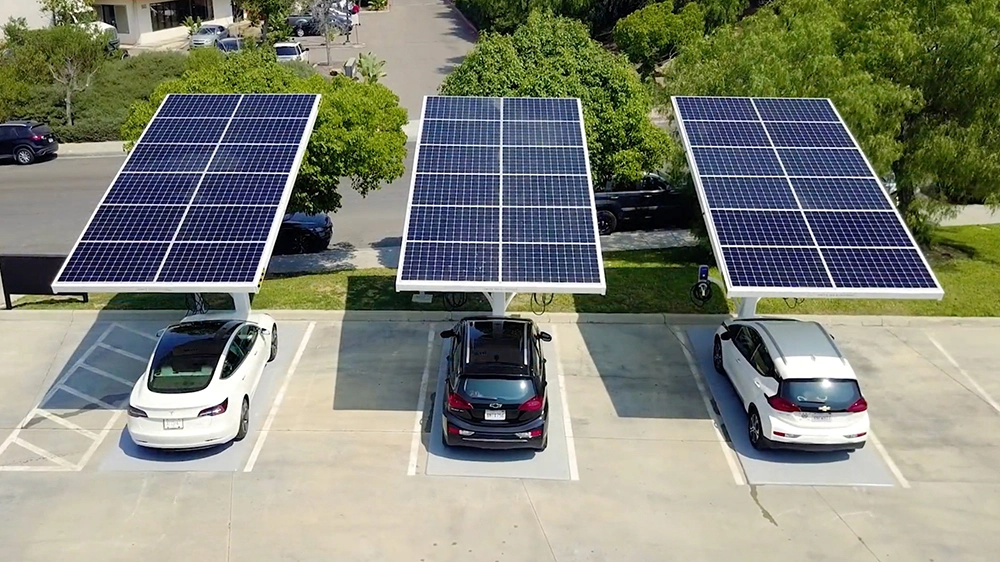
Electric cars are becoming an increasingly popular choice for drivers around the world. With their zero-emission powertrains and lower operating costs, electric cars offer many benefits over traditional gasoline-powered vehicles. However, the growing number of electric cars on the road also raises questions about the impact of electric vehicles (EVs) on the power grid. In this article, we will explore the relationship between electric cars and the power grid, and the potential solutions for managing the increased demand for electricity.
One of the main concerns about electric cars is the potential strain they could place on the power grid. As more electric cars are added to the road, there will be an increase in the demand for electricity. This could cause problems if the power grid is not equipped to handle the additional load. However, advances in technology and changes in the way we use energy could help to alleviate this issue.
One potential solution is to encourage drivers to charge their electric cars during off-peak hours. By incentivizing drivers to charge their cars overnight, when demand for electricity is lower, the power grid can better manage the increased load from electric cars. Additionally, advances in smart grid technology can help to automatically adjust the charging rate for electric cars based on the current demand for electricity.
Another solution is to increase the use of renewable energy sources to power electric cars. By generating electricity from sources such as wind and solar power, we can reduce our reliance on fossil fuels and minimize the impact of electric cars on the power grid. Additionally, energy storage technologies such as batteries and pumped hydro storage can help to smooth out the peaks and valleys in renewable energy generation, further reducing the impact of electric cars on the power grid.
In addition to these technological solutions, changes in the way we use energy could also help to alleviate the strain on the power grid from electric cars. For example, advances in vehicle-to-grid (V2G) technology could allow electric cars to store excess energy and feed it back into the grid when demand is high. This could help to balance the supply and demand of electricity on the grid and reduce the need for additional infrastructure.
Despite these potential solutions, there are still challenges to be addressed in managing the impact of electric cars on the power grid. For example, the installation of charging infrastructure will need to be scaled up to accommodate the growing number of electric cars on the road. Additionally, there may be localized impacts on the power grid in areas with high concentrations of electric cars, such as urban areas.
In conclusion, electric cars have the potential to revolutionize the way we think about transportation and reduce our reliance on fossil fuels. However, the increased demand for electricity from electric cars also raises questions about the impact on the power grid. By encouraging off-peak charging, increasing the use of renewable energy, and exploring new technologies such as V2G, we can manage the increased demand for electricity from electric cars and ensure a sustainable energy future. As we continue to transition to a cleaner and more sustainable energy system, electric cars will play an important role in shaping the future of transportation.


